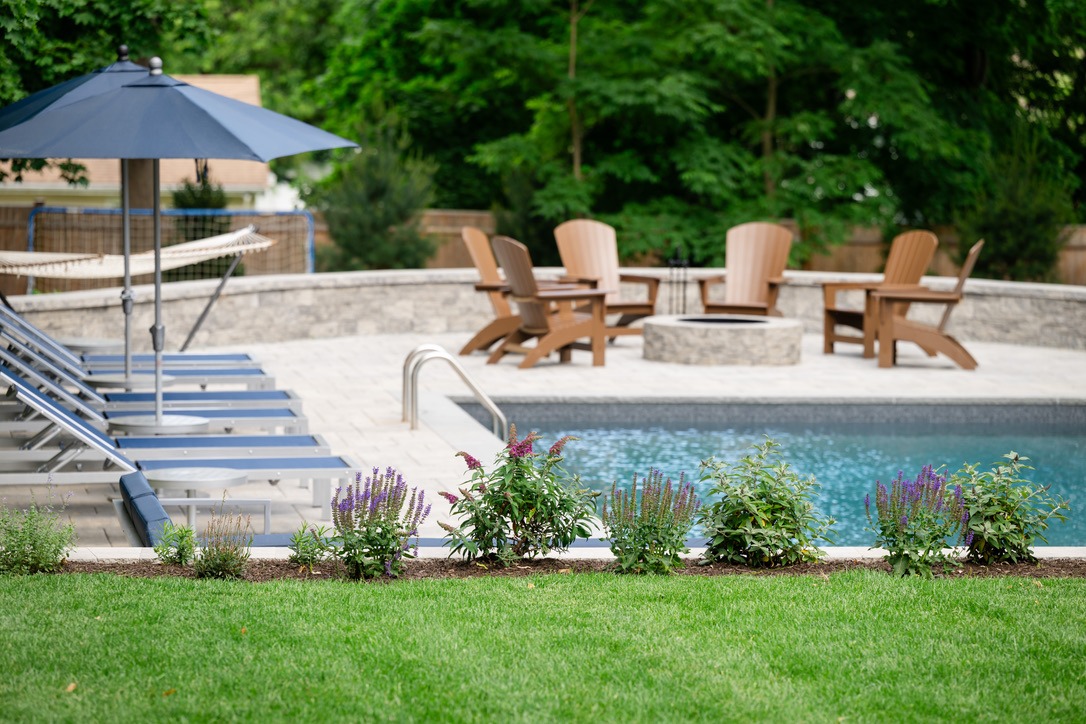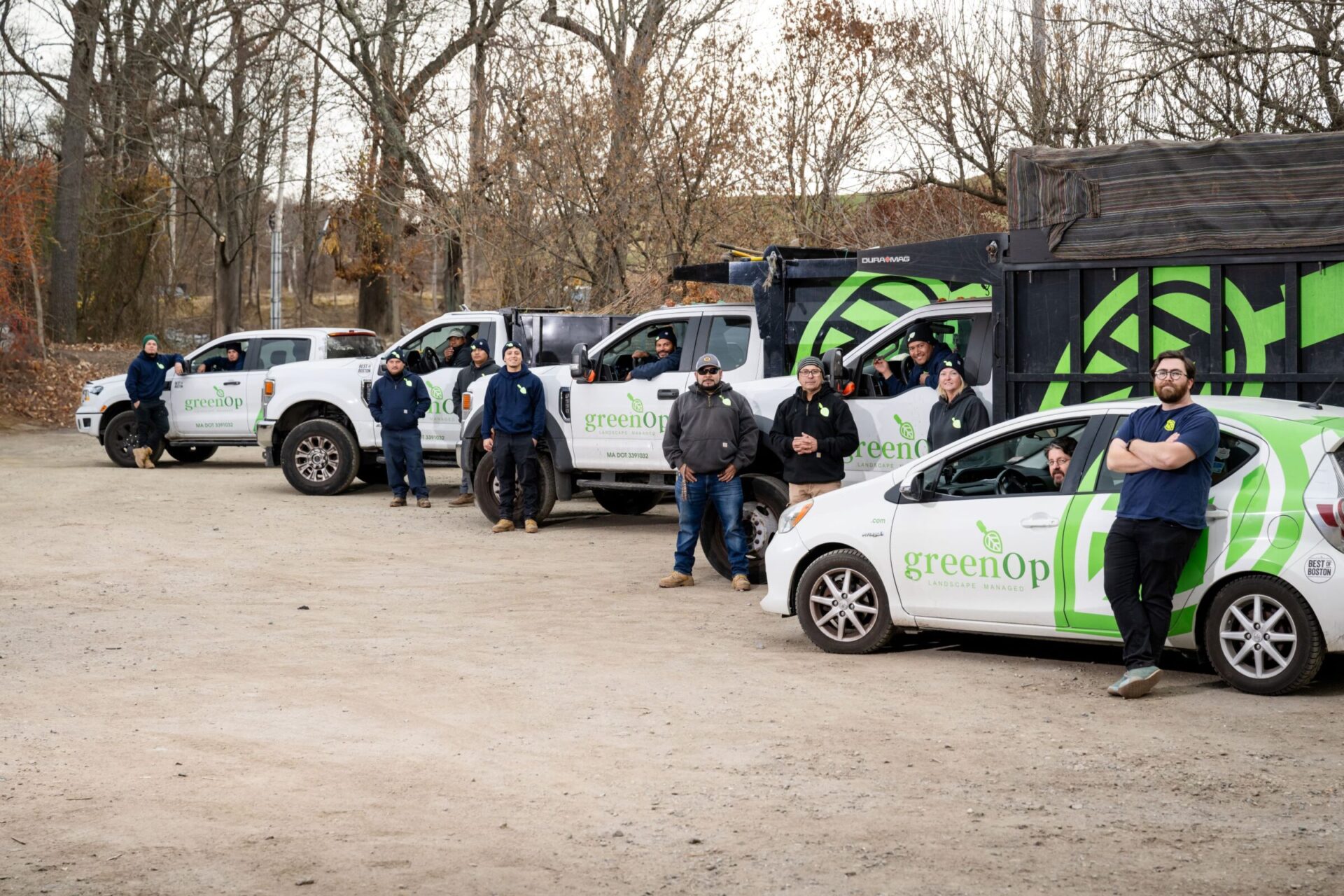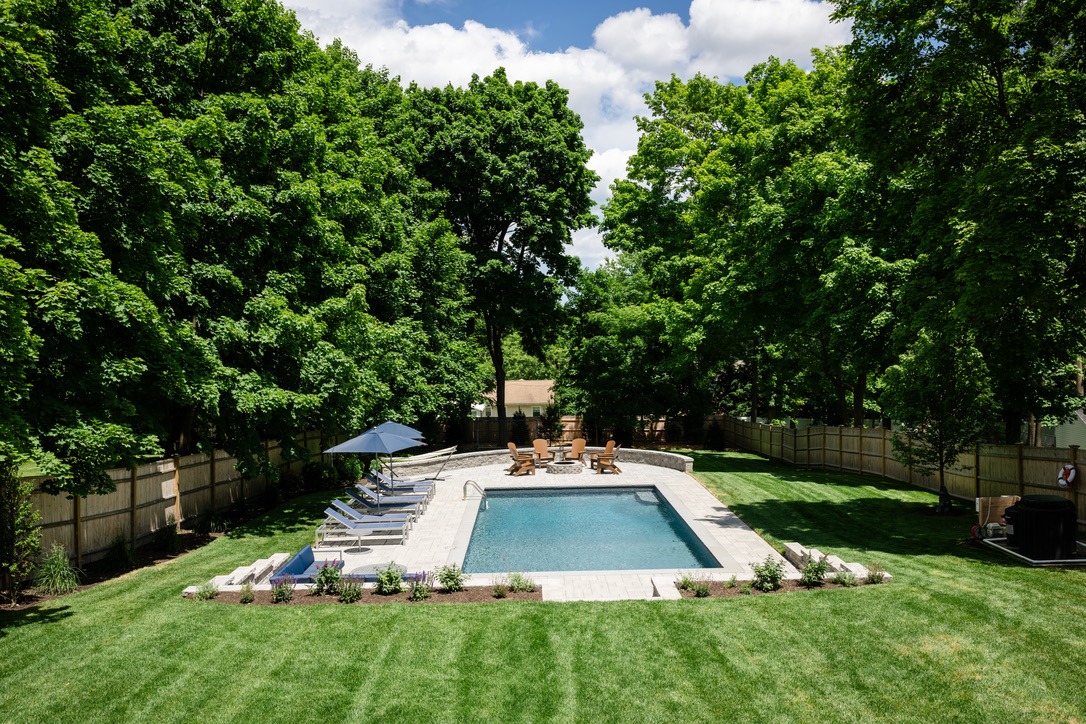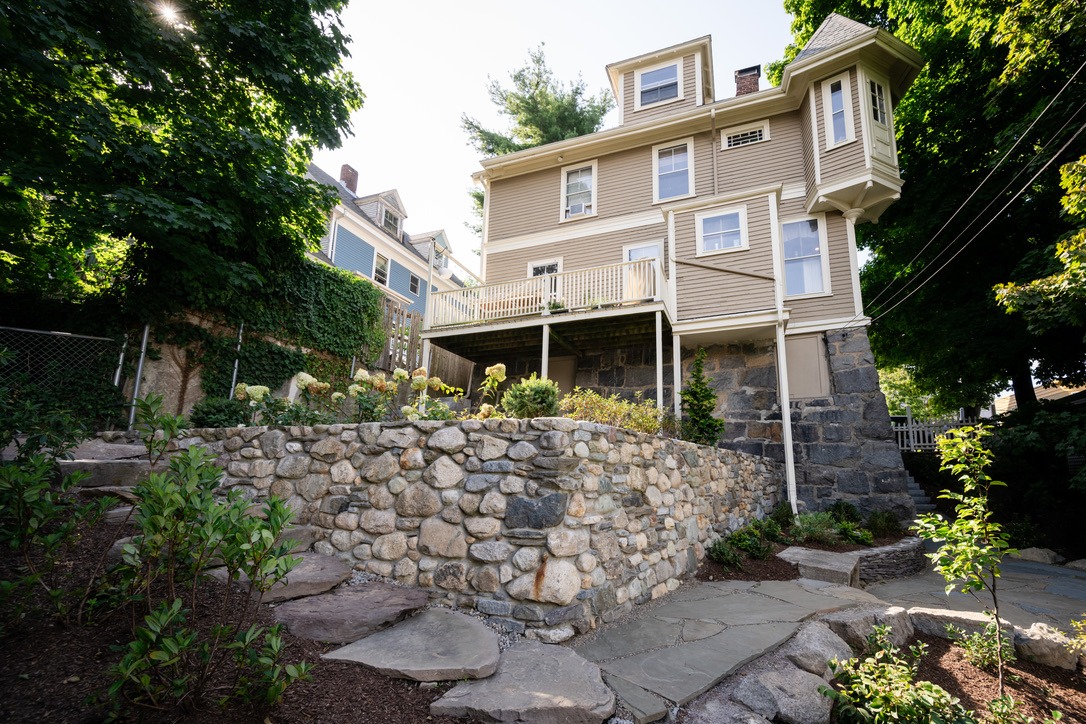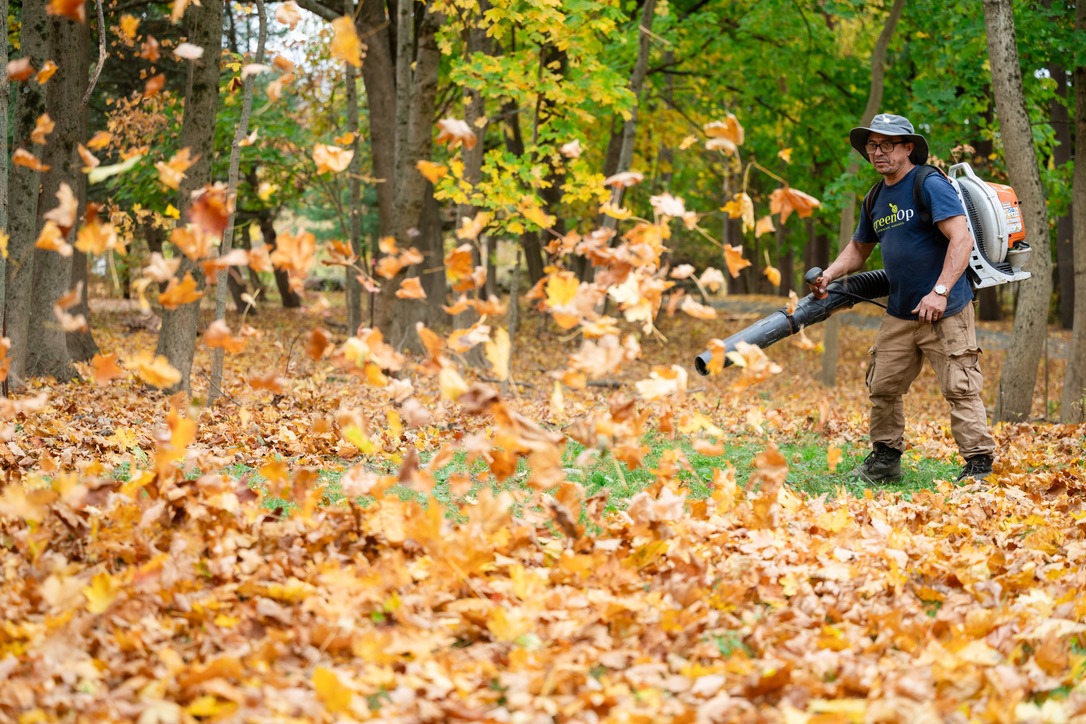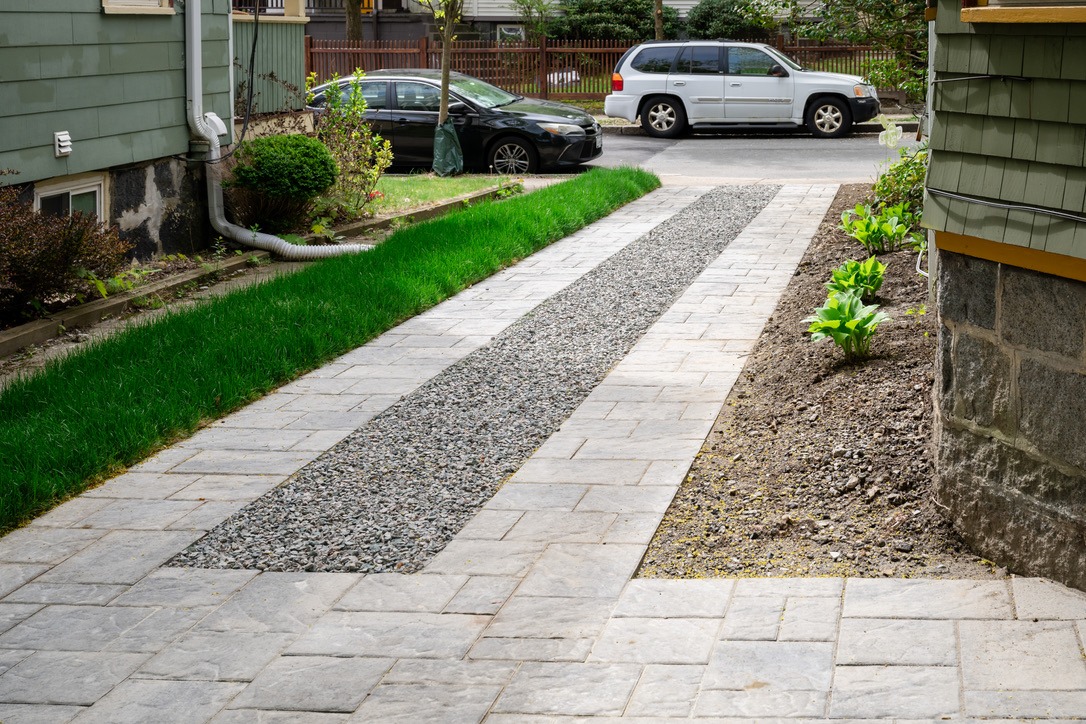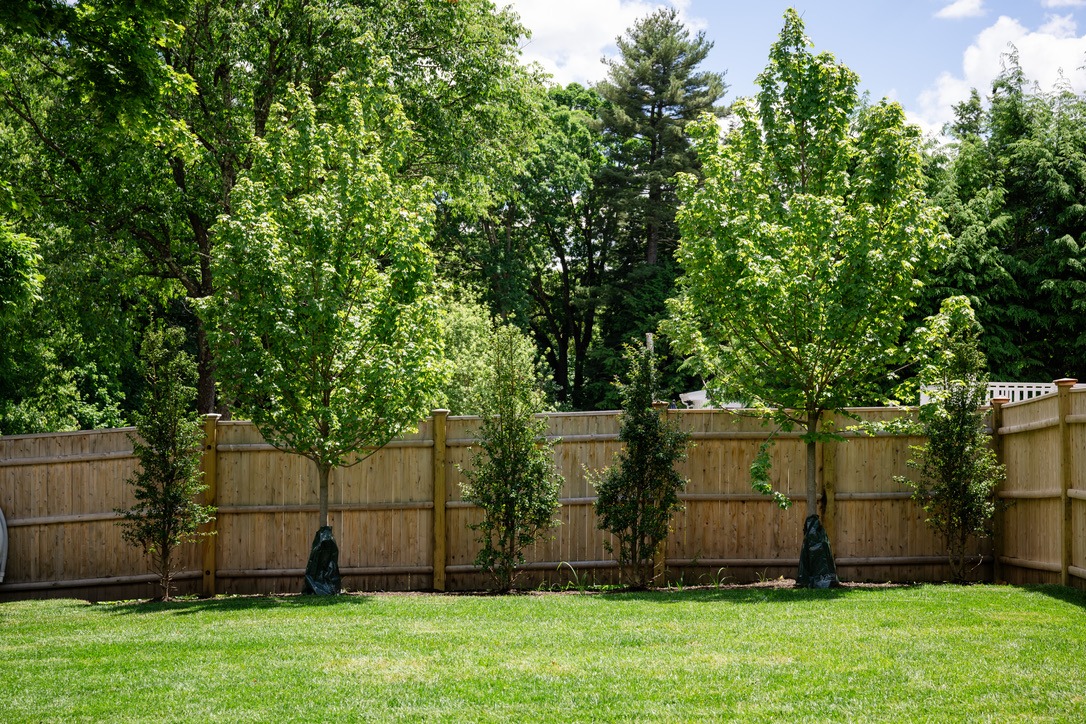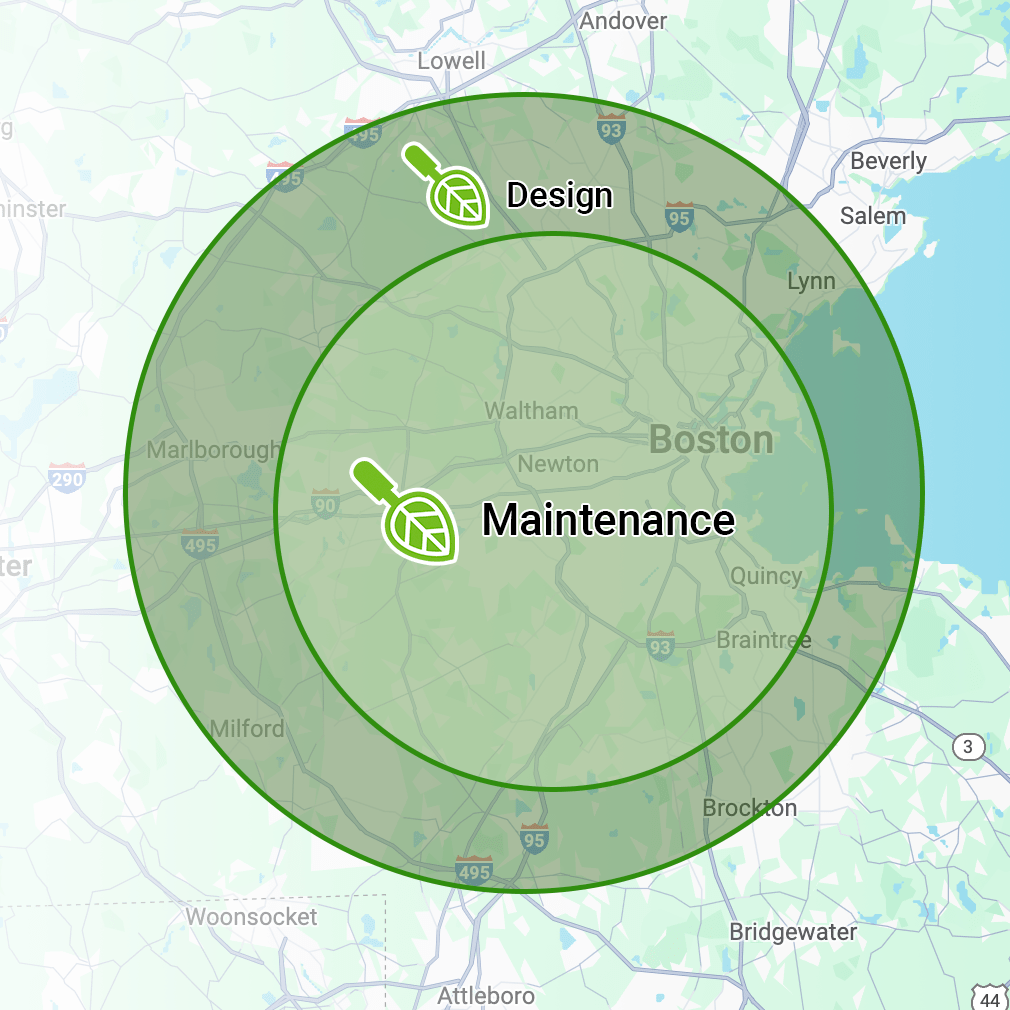Choosing the Right Landscaper: An Informed Decision on Landscaping in Canton, MA
Choosing the right landscaping contractor can be a daunting task, given the number of available options. However, by following some key steps and considering critical factors, you can make an informed decision.
Discover Landscaping Companies in Canton, MA
Start with a broad search of landscapers within your vicinity. Online resources, local directories, and referrals from friends or neighbors can be helpful. Look for contractors with positive reviews and noteworthy projects.
Hiring a Landscape Contractor in Canton, MA: What to Know
A qualified landscaping contractor should have the relevant certifications from recognized industry bodies. This demonstrates their commitment to professionalism and adherence to industry standards. Inquire about their experience in handling similar projects to yours.
- Relevant certifications
- Years of experience
- Similar past projects
Evaluating Landscaping Services in Canton, MA
A portfolio offers insights into a contractor’s style, level of creativity, and quality of work. It also showcases their versatility in handling different types of landscaping projects.
Exploring the Landscape in Canton, MA
Every landscaping contractor has a unique approach to project execution. Some may involve clients at every stage while others might prefer minimal interference. Ensure that you are comfortable with their process before making your decision.
Exploring Landscape Design in Canton, MA
Effective communication is key in any project. The right contractor should be able to understand your vision clearly and communicate theirs as well.
Estimate Your Lawn Care Costs in Canton, MA
Price shouldn’t be the only deciding factor but it’s essential to consider it. Request detailed price estimates from different contractors for comparison purposes.
In summary, choosing the right landscaping contractor involves more than just picking the most popular or cheapest option available on the market. It requires careful research, keen evaluation of credentials and portfolios, understanding their process and approach towards clients’ needs, effective communication skills assessment as well as obtaining detailed price estimates for comparison purposes. With all these factors taken into consideration carefully, you’ll be more likely to select a landscaping contractor who can transform your yard into the landscaped haven you envision.
The Significance of Gardeners in Canton, MA for Successful Landscaping Projects
Communication and project management play a pivotal role in the execution of any project. When it comes to landscaping, these elements are even more critical as they dictate the success or failure of the design and implementation process. Proper communication ensures that your ideas, preferences, and expectations are clearly understood by the landscaping contractor while effective project management guarantees that all tasks are completed within set timeframes and budget.
The Role of Communication in Landscaping Projects
- Understanding Client’s Vision: A successful landscaping project begins with an understanding of what the client wants. This requires open and clear communication between the client and contractor where thoughts, ideas, and expectations are shared.
- Questioning Phase: Ask questions to help your landscaper understand your vision better. For example, do you want a low maintenance yard? Are you interested in incorporating certain plants? These details matter greatly in achieving a landscape that meets your needs.
- Visual References: Providing pictures or sketches can also aid in communicating your vision more effectively.
- Regular Updates: Regular communication throughout the project allows for adjustments where necessary. It helps prevent misunderstandings or dissatisfaction at the end of the project.
- Progress Reports: Request for regular progress reports from your landscaper. This keeps you informed about how well things are going according to plan.
Project Management Essentials
- Project Plan: A detailed project plan lays out all tasks needed to be completed along with their timelines. It is essential to keep everything on track.
- Milestones: Set milestones for major tasks like design approval, plant selection, hardscaping installation etc., this way you can gauge if the project is on schedule.
- Budget Management: Effective management of finances is crucial to keep costs within budget.
- Itemized costs: Request an itemized cost statement from your landscaper so you know exactly what you’re paying for.
- Unexpected costs: Factor in a contingency for unexpected costs or changes to the original plan.
- Quality Control: Good project management ensures quality control at every stage of the landscaping process.
- Regular Checks: Regular checks and balances not only track progress but also ensure that the project is meeting the desired quality standards.
In essence, maintaining effective communication and robust project management practices ensure that your landscaping project runs smoothly. It paves the way for a successful collaboration with your contractor, leading to a beautifully landscaped yard that aligns with your vision. Clearly articulate your ideas, expectations, and preferences to your landscaper, keep abreast of progress updates, maintain tight control over budget and quality of work to achieve best results.
Finding the Best Landscaping Companies Near Me: A Comprehensive Guide
When it comes to landscaping, one of the most critical aspects is understanding the pricing structure and contracts involved. This knowledge can mean the difference between a successful project and a potential financial disaster. This section aims to shed some light on these crucial elements.
Typical Pricing Structures in Landscaping
- Fixed Price: The contractor gives you a set price for the entire project. This is usually based on their estimation of materials and labor required for your project.
- Cost Plus: The contractor bills you for actual costs (i.e., materials and labor), plus a percentage or fixed fee as profit.
- Time and Materials: The contractor charges an hourly rate for their work plus the cost of materials used.
Understanding Landscaping Contracts
A landscaping contract outlines the scope of work, payment terms, timelines, and other details about your project. It’s essential to read through this document carefully before signing it to ensure that you understand all aspects involved in your landscape project.
- Scope of Work: This section describes what work will be performed, how it will be carried out and specifies any materials or equipment that will be used.
- Payment Terms: This part stipulates how much you’ll pay for services rendered, when payments are due, and any penalties for late payments.
- Timeline: It determines when the work will start and end.
- Dispute Resolution Clause: If any issues arise during or after completion of work, this clause lays out how they should be resolved.
- Termination Clause: It states under what circumstances either party can terminate the contract.
Tips for Evaluating Landscaping Pricing and Contracts
- Get Multiple Quotes: Always seek out quotes from at least three different contractors before deciding. This will give you a sense of the current market rate and help ensure that you’re not overpaying.
- Ask for Breakdowns: Request an itemized breakdown of costs, including materials, labor, and any markup. This will help you understand where your money is going.
- Understand the Fine Print: Finally, don’t sign anything without fully understanding the terms. If needed, consult with a legal professional to ensure that your interests are protected.
Understanding pricing models and contracts is crucial to making sure you get the best landscaping services for your money. Therefore, take time to do your research and don’t hesitate to ask questions about anything you don’t understand.
Discover Top Landscapers in Canton, MA for the Perfect Yard
Creating a perfectly landscaped yard is a dream for many homeowners. However, getting there requires more than just planting a few trees and flowers. It involves meticulous planning, creativity, and understanding of landscaping principles. Here are some secrets to help you create that perfect landscape for your yard.
1. Understand your Yard’s Ecosystem
Before you start deciding on what plants to put and where to place them, it’s essential to understand the ecosystem in your yard. What type of soil do you have? What is the pH level of your soil? How much sunlight does different parts of your yard get throughout the day? Additionally, consider the topography of your yard and how water drains in your landscape.
2. Plan for Year-Round Appeal
Strive for a landscape design that will be attractive all year round. This might mean planting trees or shrubs that stay green throughout winter, or incorporating elements like rocks or sculptures that provide visual interest even when plants are not in bloom.
3. Create Focal Points
Focal points draw attention and create interest in the landscape. They can be anything from a tree or sculpture to an arbor or garden bench. Be creative with your focal points, but remember they should integrate into the overall design.
4. Incorporate Hardscaping Elements
Hardscaping elements like stone walls, walkways, patios or pergolas add structure and functionality to your yard while also providing visual interest.
- Stone Pathways: They guide visitors through your garden while protecting your plants.
- Pergolas: These structures offer shade and can serve as support for climbing plants.
- Patios: A well-designed patio can serve as an outdoor living room.
5. Choose Plants Suitable for Your Climate and Soil
The right plants can thrive in your yard’s specific conditions and require less maintenance. Research or consult with a professional landscaper to understand what plants are best suited for your climate, soil type, and sunlight exposure.
6. Experiment with Texture and Color
Variety creates visual interest. Mix different types of foliage to provide texture. Utilize flowers or colored leaves to create pops of color.
Remember these secrets the next time you plan a landscaping project for your yard. It’s all about understanding your yard’s ecosystem, planning for year-round appeal, creating focal points, incorporating hardscaping elements, choosing suitable plants, and experimenting with texture and color. With these tips in mind, you’ll be well on your way to creating a perfectly landscaped yard.
Small Upgrades, Big Difference: Enhancing Your Yard with Minimal Changes
When it comes to landscaping, one does not necessarily need a complete overhaul to make a significant difference in the appearance and functionality of your yard. There are numerous small upgrades that can drastically enhance your yard without requiring a huge budget or extensive time commitment. Here are some minimal changes that can bring about maximum impact.
Planting Perennials
Incorporating perennial plants in your landscaping design is a simple yet effective way to add color and variety to your yard. Perennials are plants that live for more than two years and they come back season after season, which means less work for you in the long run. Some popular perennials include daylilies, peonies, and hostas.
Adding Outdoor Lighting
Outdoor lighting is not only functional but can also dramatically change the look of your yard at night. It provides safety by illuminating walkways and deterring potential intruders. Moreover, it creates ambiance and accentuates the features of your landscape design.
- Path lights
- Wall lights
- Spotlights
- Deck lights
Incorporating Hardscape Features
Hardscaping involves using non-living elements like stones, bricks or concrete in landscaping design. Even small hardscape features like a stone pathway or a small patio area can significantly enhance the visual appeal of your yard.
Mulching
Mulching is an essential step in any landscaping project as it not only enhances the aesthetic appeal but also helps retain soil moisture, suppress weeds and improve soil health. Mulch comes in different colors and materials including wood chips, straw, compost, rubber mulch etc., giving you plenty options to choose from based on your landscape design and preference.
Using Containers for Plants
Container gardening is an easy way to add versatility to your yard. Containers can be moved according to the season, and they allow you to grow plants that may not be suitable for your local soil. They also offer an easy way to add a pop of color and depth to your landscape.
Installing a Water Feature
A water feature such as a small fountain or bird bath can create a focal point in your yard, adding both visual interest and a calming ambiance.
In summary, with careful planning and creative thinking, there are many ways you can enhance your yard with minimal changes. The key is to focus on small upgrades that can bring about big differences in the look, feel, and functionality of your outdoor space.
